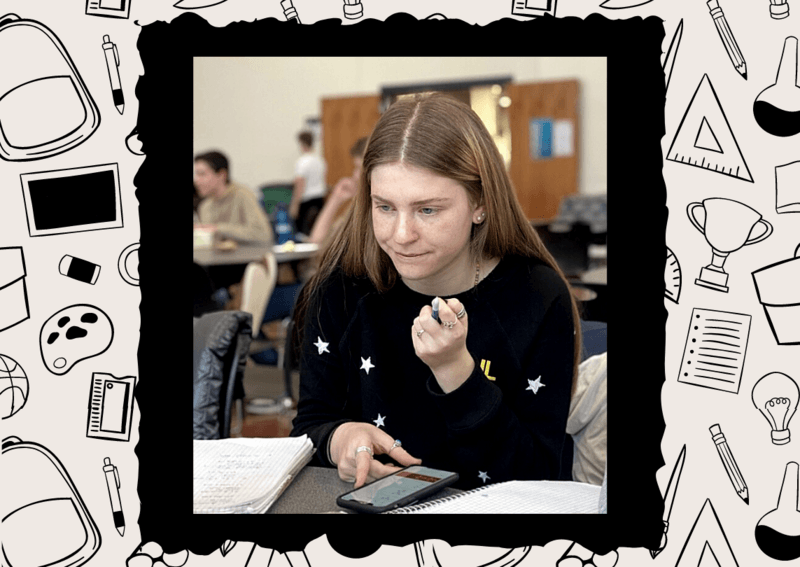Underfunded and Unavailable: The Need for Accessible Education in the US
My siblings often poked fun at the "special" classes I took at the Carroll School from third to eighth grade. To them, Targeted Cognitive Intervention just seemed like simple computer games; the physical, cognitive sensory games didn't look like school at all. In my early years as a dyslexic learner, my siblings wished they also had learning differences because it seemed fun. None of us fully grasped the reality that the “games” I played were actually a different approach to the same subjects my siblings were learning in their Jewish day schools; nor did we realize how lucky I was to have access to them.
To my siblings, my access to inclusive elementary education seemed like a dream, and in my family of four kids, my dyslexia made me the odd one out. This one to four ratio made me believe that learning differences were uncommon; but that actually couldn’t be further from the truth. Millions of students across the US have intellectual or learning differences that affect their academic performance. The vast majority of these students seek academic help in their public school systems. But sometimes, if a student needs more support than what their local public school can offer, a private school is the only option they have for additional services.
The Individuals with Disabilities Act (IDEA) guarantees that students with disabilities must have access to the educational tools they need to succeed in the public school system. Yet, if discrimination against people with disabilities is illegal, why is it so hard for students with disabilities to get the support they need?
I lucked out by living in Massachusetts and not far from the Carroll School. I’m fortunate that my family could afford for me to attend a private school for students with dyslexia and eventually continue on to a private high school where my teachers meet me halfway in subjects that I struggle with. I’ve had my needs met, a necessary component for my academic success. Unfortunately, the Carroll School is one in a million, and it doesn’t exist outside of Massachusetts. When I was in eighth grade, a new classmate moved from California to attend Carroll. I wasn't surprised; as an eighth-grader, I already knew it was a privilege to go to the Carroll School.
My own luck doesn't apply to many other students with learning disabilities. Many public schools are unable to support their students with learning differences in their classrooms. Further, towns and cities often don’t have enough funding to help pay for students in need of inclusive education to attend private institutions. While the government spends nearly $79 billion on public schooling annually (which by the way, only amounts to less than 3 percent of the total federal budget), annual funding for students with disabilities varies drastically across the US. Funding for inclusive education programs can be anywhere from $4,000 to $20,000, which further creates a divide between the educational opportunities in public schools across the US. Unfortunately, these cost disparities are consequential to students, teachers, and families; and, to states and districts, which must carry the additional costs of these programs. Inclusive education must compete with additional public school educational costs.
The knowledge that it was a privilege to go to the Carroll School made me want to learn more about educational policy and understand how we can change the American education system to make inclusive education more accessible. The current funding blueprint meets its goals for inclusive education only partially, which means that not every school district is promised enough funding for students with disabilities. Congress must consider its role in giving each student with disabilities access to the free education that they need to be successful. Although there are many components to winning the fight for fair and free inclusive education, a crucial step is getting the necessary funding for public schools from our government.
This piece was written as part of JWA’s Rising Voices Fellowship.







Excellent article. Everything she said is true. It is imperative that the funding is there so that every student is able to get the education they need and have a right to.
Thank you for getting this into the public domain.